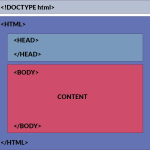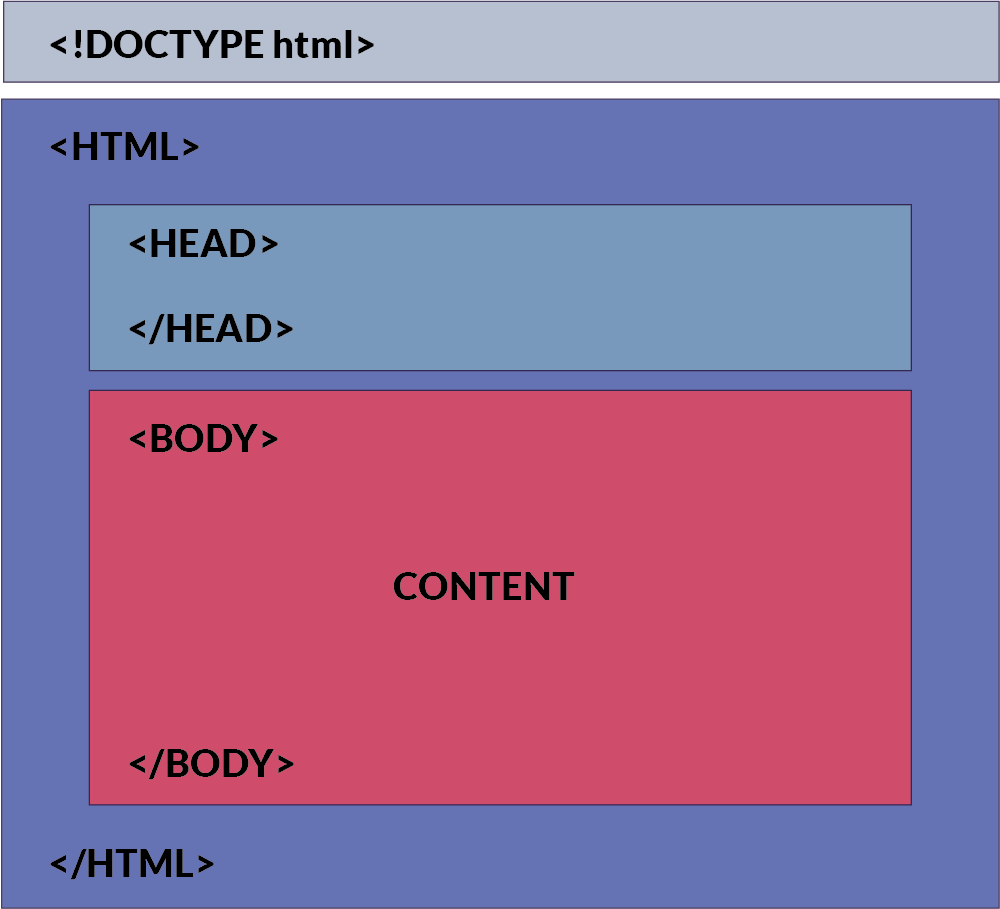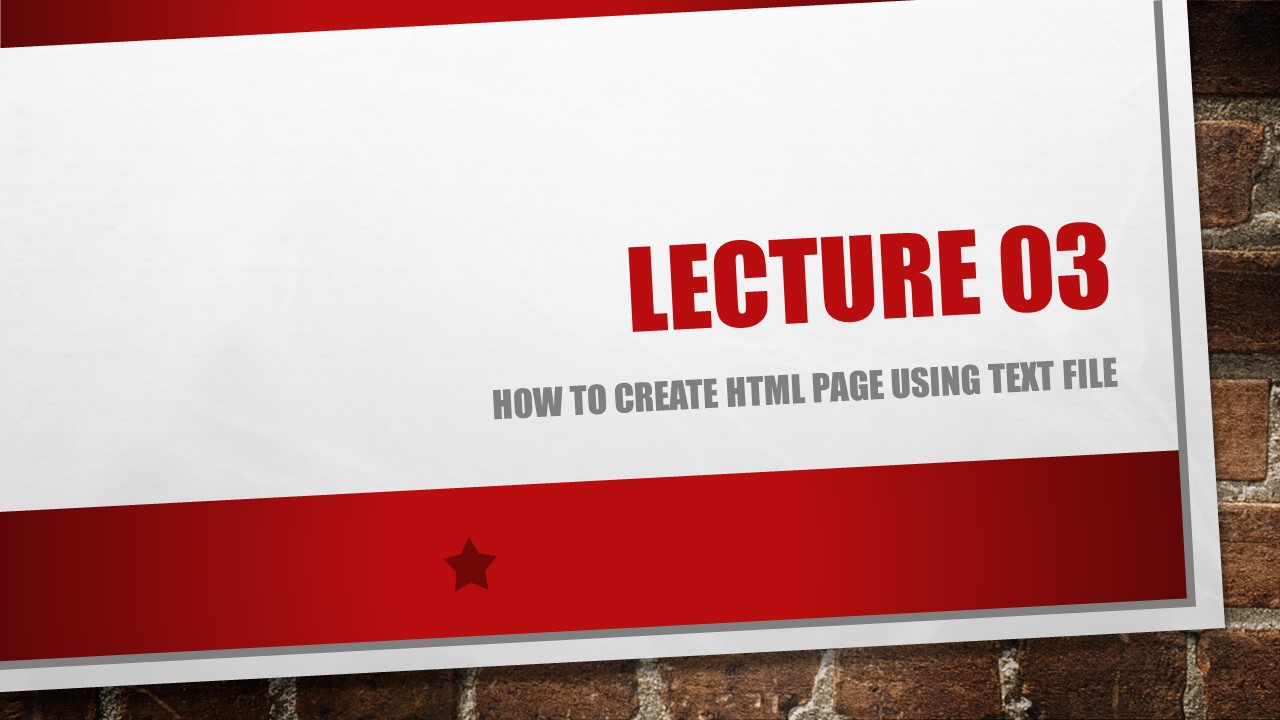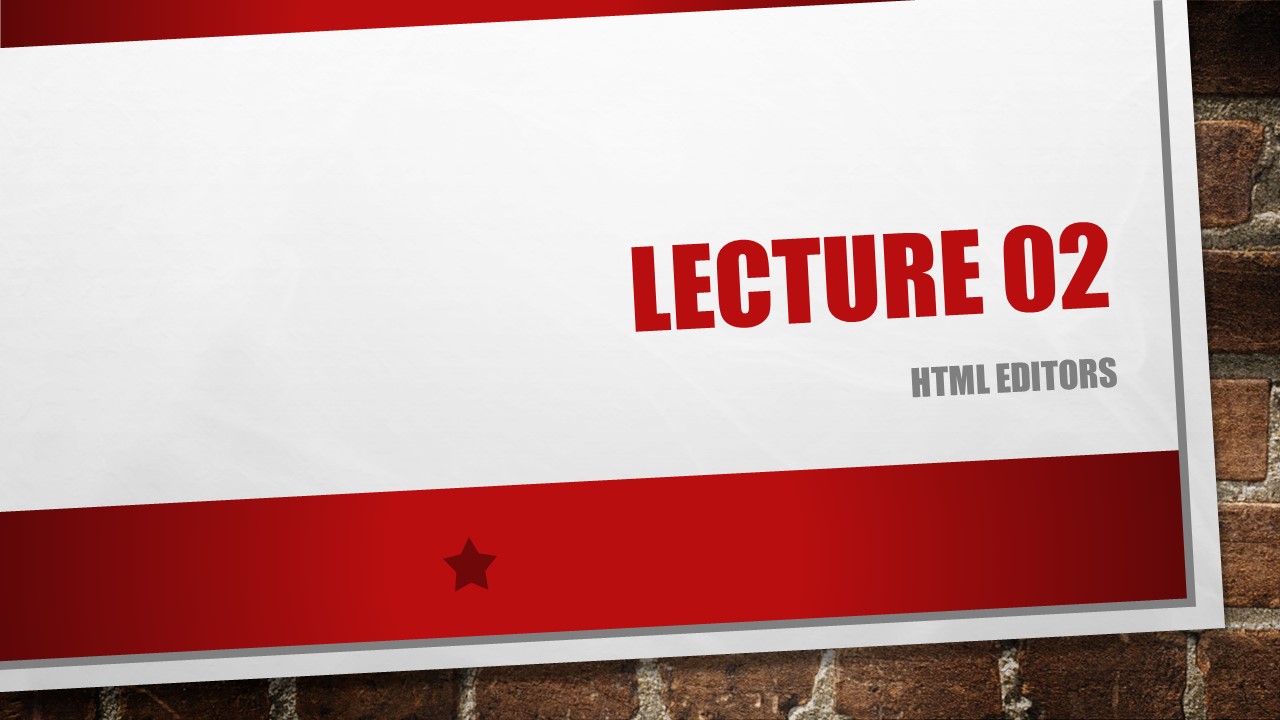Let’s break down the basic structure of an HTML page and discuss each tag’s role from an SEO (Search Engine Optimization) perspective:

Now, let’s explain each tag in detail from an SEO perspective:
1. <!DOCTYPE html>: This declaration defines the document type and version of HTML being used. It doesn’t directly impact SEO but ensures the browser renders the page correctly.
2. <html lang=”en”>: Specifies the language of the document, which is important for search engines to understand the content’s language.
3. <head>: This section contains meta-information about the HTML document, including metadata that is crucial for SEO:
– <meta charset=”UTF-8″>: Specifies the character encoding for the document. UTF-8 is widely supported and allows for international characters.
– <meta name=”viewport” content=”width=device-width, initial-scale=1.0″>: Helps in making the page responsive on different devices, which indirectly affects SEO as mobile-friendliness is a ranking factor.
– <title>: Sets the title of the webpage, which is displayed on search engine results pages (SERPs). It’s important for SEO as it’s one of the most prominent factors considered by search engines.
– <meta name=”description” content=”Brief description of your page content”>: Provides a brief summary of the page content. While it doesn’t directly impact rankings, a well-written description can improve click-through rates from SERPs, indirectly affecting SEO.
4. <body>: Contains the main content of the HTML document. While not directly impacting SEO, well-structured and semantically meaningful content within the <body> tag can improve user experience, which indirectly affects SEO.
5. <header>: Typically contains branding elements like logos, navigation menus, and possibly important keywords. While these elements themselves may not directly affect SEO, they contribute to the overall user experience, which indirectly impacts SEO.
6. <main>: Contains the primary content of the page. Ensuring that important keywords and topics are included within this section can help search engines understand the relevance of the page to user queries.
7. <footer>: Often includes supplementary information, copyright notices, and links. While footer content may not carry as much weight for SEO as main content, it can still contribute to the overall relevance and authority of the page, especially if it contains relevant internal or external links.
Each HTML tag plays a role in structuring the page and providing important metadata for search engines. Optimizing these elements with relevant keywords, descriptive titles, and well-structured content can help improve the visibility and ranking of your webpage in search engine results.










